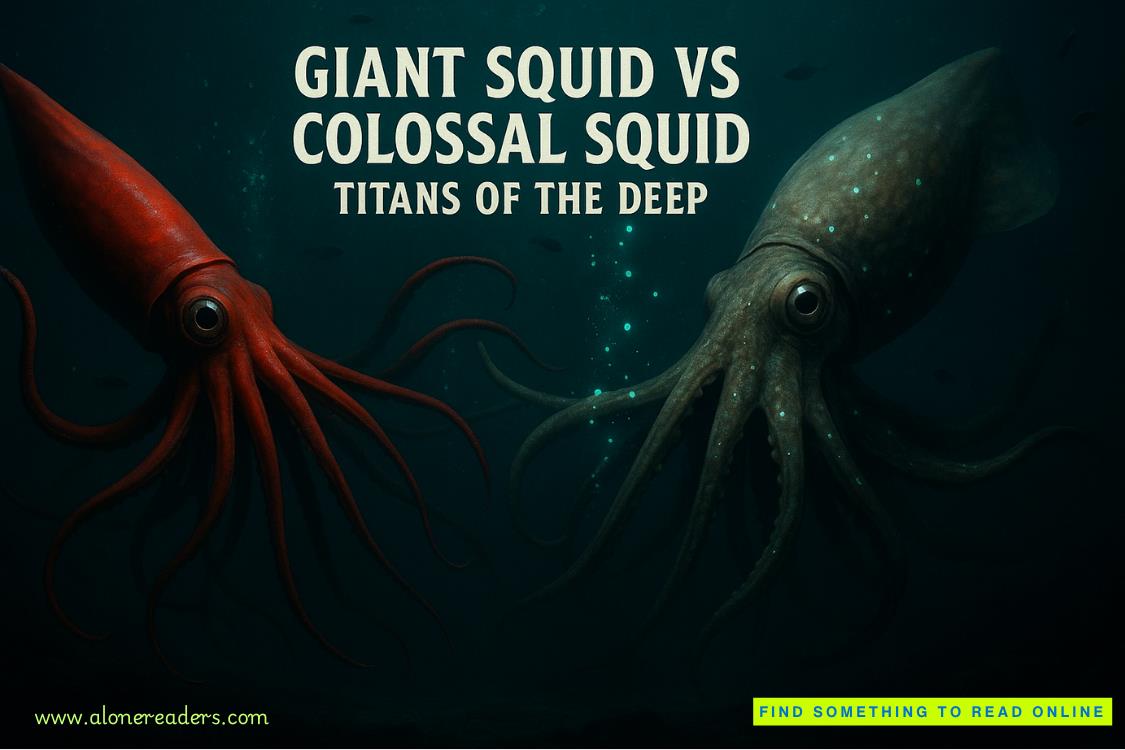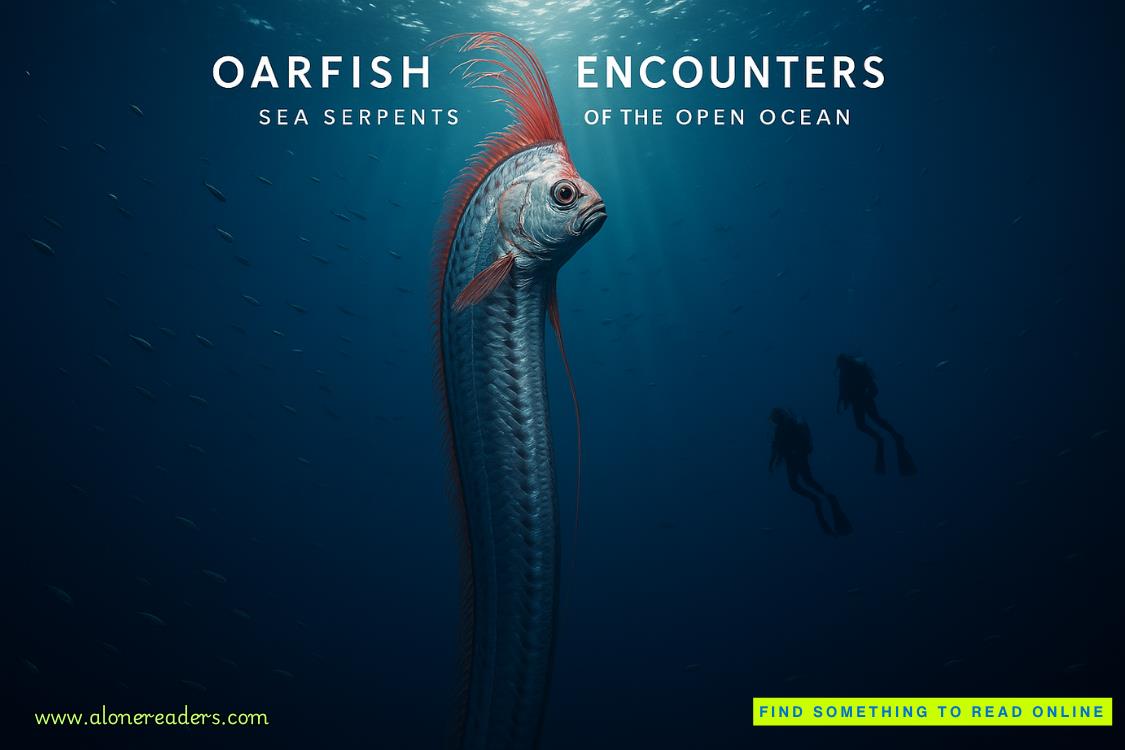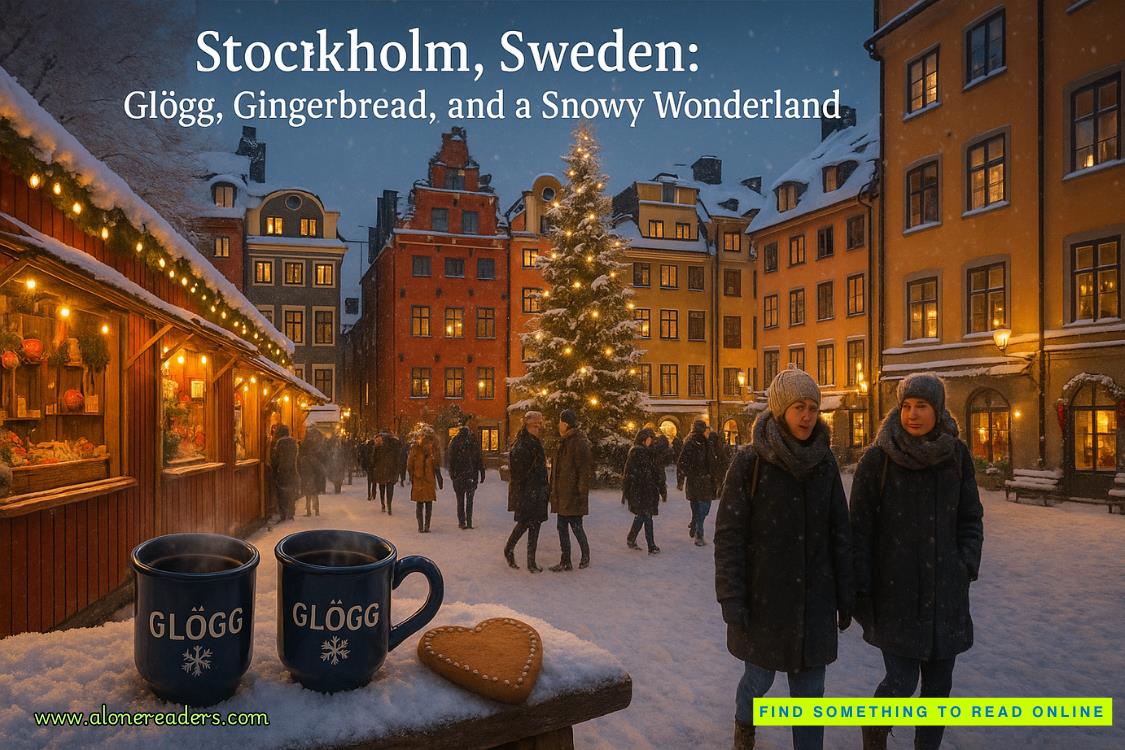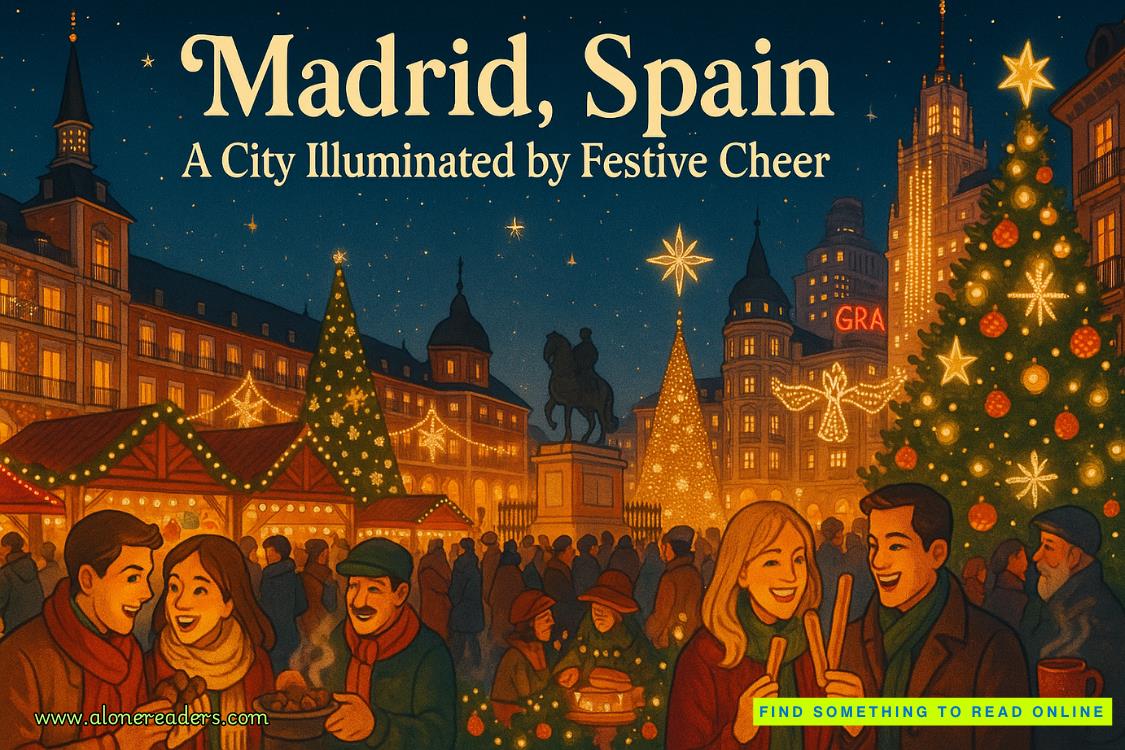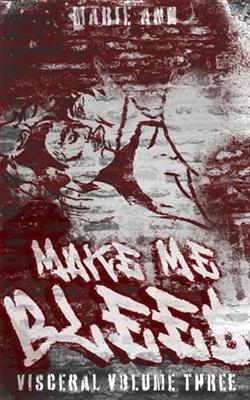Page 10 of A Treachery of Swans
I suck in a breath at the sight that greets us.
Entering the chapel is like stepping into the belly of a pearl. Itseems carved entirely from one slab of white marble, floor and columns and vaulted ceiling all blending together like a swan’s feathers. The room is lit by two golden braziers shaped like tarasques standing on their hind legs, their too-wide maws holding flames. They have leashes at their throats, golden rope trailing into the hands of one of three towering statues upon an altar.
There they are.Les Bonnes Mères.The Good Mothers.
They tower all the way to the ceiling, peering down in thunderous judgment, haloes blooming behind their heads. The leftmost, the spirit of life, is made of white marble. She has a human face, and holds a swaddled baby, balanced carelessly in one arm. The rightmost, the spirit of death, is chiselled of black stone. Her skull-face is partially obscured by a mourning veil, and one of her hands is raised, brandishing a sickle.
The golden statue standing between them is perhaps the most ghastly of all: half the flesh of her face is peeled back, revealing the bone beneath, and her hands—one human, one skeletal—grip the leashes of the tarasques before her. I give her a minute nod. This is the spirit of transformation, the only one of the Good Mothers to give humanity her name. Morgane, guardian of Auréal and patroness of sorcery.
“But where is my darling Aimé?” Charlotte complains, breaking through any semblance of peace the chapel might have held. “I heard he’s here every morning.”
“Oh, he’s up there!” another girl exclaims, pointing overhead. They all crane their necks in unison.
Indeed, the Dauphin leans motionlessly on the balustrade of the chapel’s tribune, weary-eyed, clearly still shaking off the effects of last night’s revelry. Behind him, to my dismay, stands Damien in his blue guard’s uniform.He doesn’t wear a mask,I note sullenly.He must have gone up in the ranks.
I avert my eyes quickly and follow the other noblewomen to their seats, Charlotte giggling as she says something to her companions. I lean closer, listening. “He’s so handsome in this light,” she’s saying, brushing back brass-colored ringlets. “Looks almost like an angel himself.”
“He’s very pious,” I agree shyly, seizing the opportunity to set my plan in motion. “When we were children, he would prayallthe time. His favorite color is white, you know, because it’s the color of devotion. I’m thinking of wearing white to tonight’s ball, actually,” I add innocently, like an afterthought. “Maybe he’ll pay more attention to me that way.”
“That’s ridiculous,” Charlotte says. “White is entirely out of fashion.”
I shrug. “I suppose so. But it’s his favorite. I think he would appreciate that, don’t you?”
A priestess walks in shortly after, and the service begins, droning prayers begging the Mothers for their return, calling upon Morgane’s forgiveness for the crimes of Bartrand de Roux. I don’t participate—I know paltry prayers aren’t going to bring Morgane back. She must be summoned by a sorcier, and Regnault is the only one left who knows how to do so.
Behind me, the noble girls have begun to whisper among themselves, debating the importance of dress colors. I smother a smirk behind my hand—I’ve successfully planted my seed. Now, I have to let it grow.
SCENE VChapel of the Château
Day
Today the priestess tells the story of the Little Saint and the Tarasque. Perhaps it’s for the benefit of foreign visitors, or perhaps it’s a reminder, but I grit my teeth as she tells a bastardized version of the story, where the Little Saint prays to God, and God sends down three angels to assist her. Three Good Mothers.
There is another version of this tale. One that endured in sorcier families for generations, even when the rest of the world wished to forget it. In it, the Little Saint is called the Golden-Blooded Girl. And she is the first sorcier.
The legend goes that the original tarasque terrorized Auréal’s countryside, slaughtering and devouring peasants as it pleased. Until a young girl, in her desperation, went to an old shrine in the woods and prayed to whatever god might hear her. What answered was not a god, but one of the three spirits of magic who lived there: Morgane, the youngest and most human of the three, who hadalways been fascinated by the way humans transformed one thing to another—not with magic but by hand, from grain to bread or paints to artworks.
Morgane struck a deal with the girl: she would grant the girl magic in exchange for her most precious belonging. The girl brought the spirit a ring of purest gold, given to her by her betrothed. Delighted, the spirit spoke thus: “As this is your most treasured belonging, you shall be mine, as will all those who come after you.” Morgane returned the ring to the girl, and when the girl touched it, her blood was turned to gold, and she knew she would be able to call upon magic.
The spirit then taught the girl how to wield her new powers, weaving webs of magic to transform one thing to another. How to bind those spells to gold objects, to use later as she wished. “Remember,” said Morgane then, “this gift I have given you is limited to my domain of powers: it can only transform, but never create or destroy, for those are magics guarded by my sisters, too dangerous to be shared with mankind.”
And so the golden-blooded girl returned to the village to find the tarasque attacking her home, the body of her betrothed lifeless in its jaws. Furious, she took her golden ring and turned it into a collar, and placed it upon the creature’s neck. The beast was tamed, and it followed her like a calf: so the girl led it to the town square, where it was slaughtered by the townspeople.
I fidget as the priestess drones on. She preaches about the story’s morals, about bravery and faith and loyalty. In her version of the story, the Little Saint journeys to the capital, where she kneels before the King, reminding everyone that true power belongs to the crown.
In the story Regnault always told me, the moral was different.
“The Golden-Blooded Girl made one grave mistake,” he said to me once as I lay huddled on my thin, cold mattress, Damiensnoring softly beside me. “Do you know what that was, little owl?”
“What?” I’d whispered back.
“She ought never to have killed the tarasque,” said Regnault. “She had all that power on a leash, ready to do her bidding, yet she let it go.”
I leave the chapel at a slow pace, eavesdropping again on Charlotte and her friends. My seed has indeed sprouted roots—they’re already chattering urgently about how they might procure white gowns before tonight’s ball. One of them wonders if she should dress up as a tarasque, shell and all, and I have to stop myself from snorting.
I play my game all day: I join one group of noblewomen for breakfast, then another for a session of embroidery in a blue-walled sitting room. Each time I’m quiet, listening for the right opportunity to feign obliviousness and talk about the color I intend to wear that evening.It’s the Dauphin’s favorite color. It’ll make him think of a wedding dress. I hear it’s the next trend, and you know how the Dauphin loves to keep up with fashion.I watch their faces go bloodless and panic enter their eyes before they excuse themselves and rush out of the room, presumably to go hunt down a white dress from the nearest city dressmaker.
When the time comes for the royal ball, I retreat smugly to my room. I unwrap the box on the bed, the one my father carefully orchestrated to have delivered last night, and pull off the lid.
